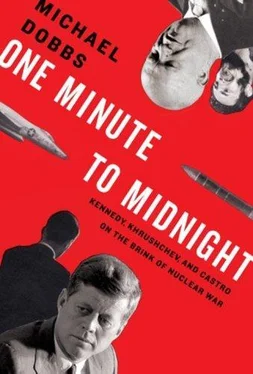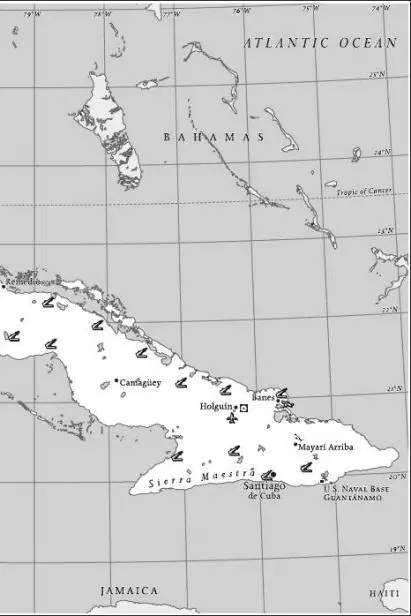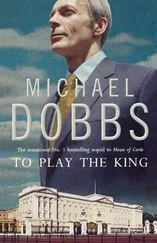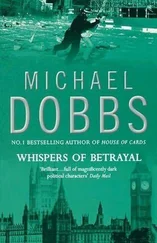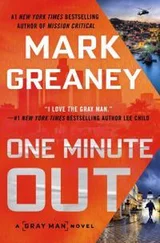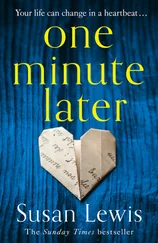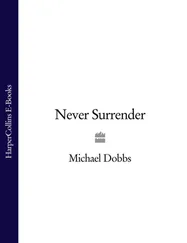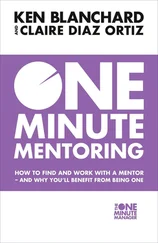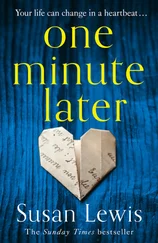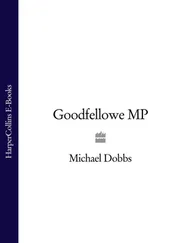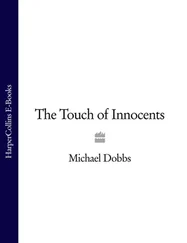Michael Dobbs
ONE MINUTE TO MIDNIGHT
Kennedy, Khrushchev, and Castro on the Brink of Nuclear War
Map of Cuba, October 1962
Few events in history have been as studied and analyzed as the Cuban missile crisis. The thirteen days in October 1962 when the human race had its closest ever brush with nuclear destruction have been examined in countless magazine articles, books, television documentaries, treatises on presidential decision making, university lecture courses, conferences of former Cold War adversaries, and even a Hollywood movie. Yet remarkably, given this torrent of words, there is still no minute-by-minute account of the drama in the tradition of The Longest Day or Death of a President.
Most books on the crisis are either memoirs or scholarly studies, devoted to one particular facet of a vast and complicated subject. Somewhere in this wealth of academic literature the human story has been lost: a twentieth-century epic that witnessed one of the greatest mobilizations of men and equipment since World War II, life-and-death decisions made under enormous pressure, and a cast of characters ranging from Curtis LeMay to Che Guevara, all with unique stories to tell.
My goal in this book is to help a new generation of readers relive the quintessential Cold War crisis by focusing on what Arthur M. Schlesinger, Jr., called “the most dangerous moment in human history.” Known as “Black Saturday” around the Kennedy White House, October 27, 1962, was a day of stomach-churning twists and turns that brought the world closer than ever before (or since) to a nuclear apocalypse. It was also the day when John F. Kennedy and Nikita S. Khrushchev, representing the rival ideological forces that had taken the world to the edge of nuclear annihilation, stepped back from the abyss. If the Cuban missile crisis was the defining moment of the Cold War, Black Saturday was the defining moment of the missile crisis. It was then that the hands of the metaphorical Doomsday Clock reached one minute to midnight.
The day began with Fidel Castro dictating a telegram urging Khrushchev to use his nuclear weapons against their common enemy; it ended with the Kennedy brothers secretly offering to give up U.S. missiles in Turkey in exchange for a Soviet climbdown in Cuba. In between these two events, Soviet nuclear warheads were transported closer to Cuban missile sites, a U-2 spy plane was shot down over eastern Cuba, another U-2 strayed over the Soviet Union, a Soviet nuclear-armed submarine was forced to the surface by U.S. Navy depth charges, the Cubans began firing on low-flying U.S. reconnaissance aircraft, the Joint Chiefs of Staff finalized plans for an all-out invasion of Cuba, and the Soviets brought tactical nuclear weapons to within fifteen miles of the U.S. naval base at Guantanamo Bay. Any one of these incidents could have led to a nuclear exchange between the two superpowers.
In telling this story, I have tried to combine the techniques of a historian with the techniques of a journalist. The missile crisis took place long enough ago for the archives to have delivered most of their secrets. Many of the participants are still alive and eager to talk. During two years of intensive research, I was amazed by the amount of new material I was able to discover by digging through old records, interviewing eyewitnesses, visiting the missile sites in Cuba, and poring over thousands of photographs shot by U.S. reconnaissance planes. The most interesting revelations often came from triangulating disparate pieces of information, such as an interview with a Soviet veteran and an American intelligence intercept, or the memories of an American U-2 pilot and a previously unpublished map of his two-hour incursion over the Soviet Union that I discovered in the National Archives.
Despite the vast amount of scholarly work on the missile crisis, it turns out that there is still much to be uncovered. Many of the Soviet veterans quoted in this book, including the men who physically handled the nuclear warheads and targeted them on American cities, had never been interviewed by a Western writer. As far as I am aware, no previous missile crisis researcher inspected the hundreds of cans of raw intelligence film sitting in the Archives that provide detailed documentation of the construction and activation of the Cuban missile sites. This is the first book to use archival evidence to plot the actual positions of Soviet and American ships on the morning of October 24, when Dean Rusk spoke of the two sides coming “eyeball to eyeball.”
Other sources have become the focus of an academic cottage industry specializing in presidential decision making. The most obvious example are the forty-three hours of tape recordings featuring JFK and his closest advisers that have been examined in exhaustive detail by rival groups of scholars. The White House tapes are extraordinarily important historical documents, but they are only a slice of a much larger story. Some of the information that flowed into the White House during the crisis was incorrect. To rely on statements by presidential aides like Robert McNamara and John McCone without checking them against the rest of the historical record is a recipe for inaccuracy. I point out some of the most obvious errors during the course of this narrative.
The early 1960s, like the first years of the new millennium, were a time of economic, political, and technological upheaval. The map of the world was being redrawn as empires disappeared and dozens of new countries joined the United Nations. The United States enjoyed overwhelming strategic superiority. But American dominance bred enormous resentment. The flipside of hegemony was vulnerability, as the American heartland became exposed to previously unimaginable threats from distant lands.
Then, as now, the world was in the throes of a technological revolution. Planes could travel at the speed of sound, television could transmit pictures instantaneously across the oceans, a few shots could trigger a global nuclear war. The world was becoming “a global village,” in the newly minted phrase of Marshall McLuhan. But the revolution was unfinished. Human beings possessed the ability to blow up the world, but they still used the stars for navigation. Americans and Russians were beginning to explore the cosmos, but the Soviet ambassador in Washington had to summon a messenger on a bicycle when he wanted to send a cable to Moscow. American warships could bounce messages off the moon, but it could take many hours to decipher a top secret communication.
The Cuban missile crisis serves as a reminder that history is full of unexpected twists and turns. Historians like to find order, logic, and inevitability in events that sometimes defy coherent and logical explanation. As the Danish philosopher Soren Kierkegaard noted, history is “lived forwards” but “understood backwards.” I have tried to tell this story as it was experienced at the time, forward rather than backward, preserving its cliff-hanging excitement and unpredictability.
To provide readers with the necessary background for understanding the events of Black Saturday, I have begun the story at the start of the “Thirteen Days” made famous by Bobby Kennedy’s classic 1968 memoir. I have compressed the first week of the crisis—a week of secret deliberations in Washington prior to JFK’s televised ultimatum to Khrushchev—into a single chapter. As the pace quickens, the narrative becomes more detailed. I devote six chapters to the events of Monday, October 22, through Friday, October 26, and the second half of the book to a minute-by-minute account of the peak of the crisis on Black Saturday and its resolution on the morning of Sunday, October 28.
Читать дальше
